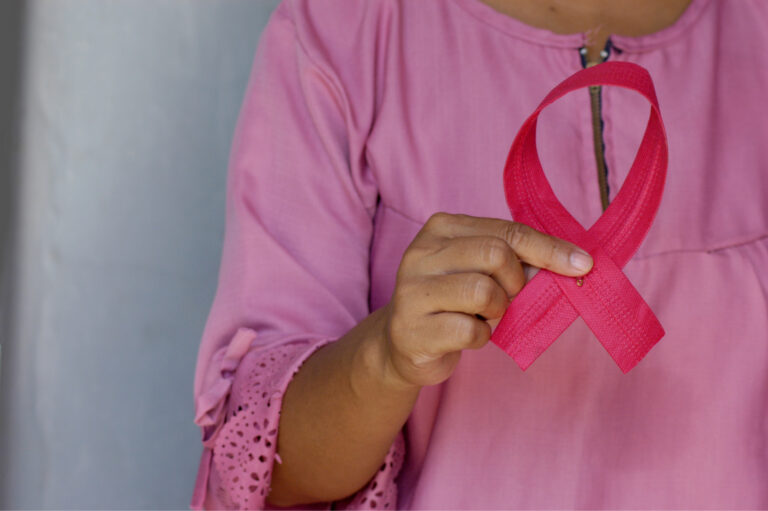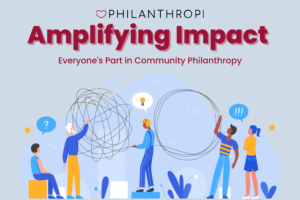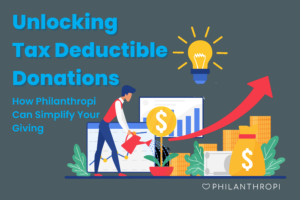On September 28, 2022, journalist, presenter, producer, and author Katie Couric revealed on her blog that she was diagnosed with breast cancer on June 21. Couric titled her piece Why NOT Me? This is a question that an estimated 287,850 women may ask themselves before the end of this year.
Couric, like many of us, is no stranger to cancer. Her first husband, John Paul Monahan III, died of colon cancer in 1998. Couric’s sister died at 54 from pancreatic cancer. Her mother battled non-Hodgkin’s lymphoma and her father’s prostate cancer; both cases resulted in positive outcomes. And then, her current husband had a coconut-sized tumor on his liver removed a few months before marriage.
In October, the U.S. shines a spotlight on this disease during Breast Cancer Awareness Month. While we witness, athletes and celebrities don pink ribbons. These can be on their jerseys and red-carpet ensembles supporting the month of Breast Cancer Awareness. But for those who’ve been diagnosed or battling this disease, and for their family and friends, breast cancer extends past October.
Breast cancer is the world’s most common cancer. Breast cancer awareness begins with education. Organizations like Breast Cancer.org have made it their mission to provide education and resources that can better inform people about breast health and breast cancer so that they can make the best decision for their lives. They ensure that women and men facing breast cancer have a community to support them in the battle.
Mammograms and Breast Self-Exams
The best way to detect breast cancer in its early stages is through having a yearly mammogram. However, women who have dense breasts can have a higher risk of breast cancer because dense breasts make it more difficult to detect malignant tumors on mammograms.
Women should begin yearly screenings after age 40; however, medical history, lifestyle, and family history can affect an individual’s breast cancer risk. It’s important to have a discussion with one’s doctor about your personal risk.
Being familiar with how your breasts look and feel can help you notice symptoms such as lumps, pain, or changes in size that may be of concern. Another way to detect breast cancer early is through self-exams. Through regular self-examinations, you may be able to identify abnormalities and/or changes.
Breast Cancer and Race
There are significant variations in breast cancer between various racial and ethnic groups.
-
- For Black Women
- They have the highest death rate from breast cancer.
- An estimated 1 in 5 Black women with breast cancer have triple-negative breast cancer more than any other racial/ethnic group.
- On average, Black women have a higher chance of developing breast cancer before the age of 40 than white women.
- For Asian/Pacific Islander Women
- These women are more likely to be diagnosed with localized breast cancer than Black, Hispanic, and American Indian/Alaska Native women.
- On average, they have the lowest death rate from breast cancer.
- For American Indians/ Alaskan Natives
- This group has the lowest rates of developing breast cancer.
- For Black Women
How can you support them throughout the year?
The fight to educate, treat and recover from breast cancer is a year-long fight. You can support by making sustainable recurring donations through your Impact Account™. If you’ve set up your Impact Account™ through our AMEX pilot program, you can use Round-Up to continue to make sustainable donations when making purchases.
The ripple effects of breast cancer can be felt through families, friends, and the entire community. Use your Impact Account™ to make your stand against breast cancer a year-long fight!
Join the fight against breast cancer!
Become part of the community transforming the giving ecosystem for social good.



